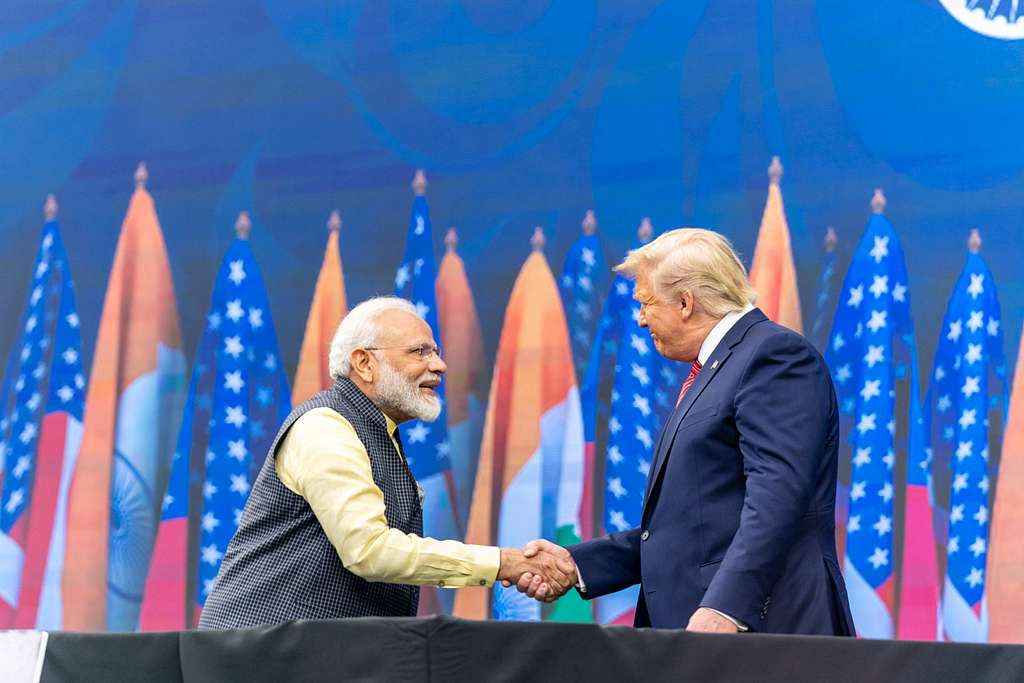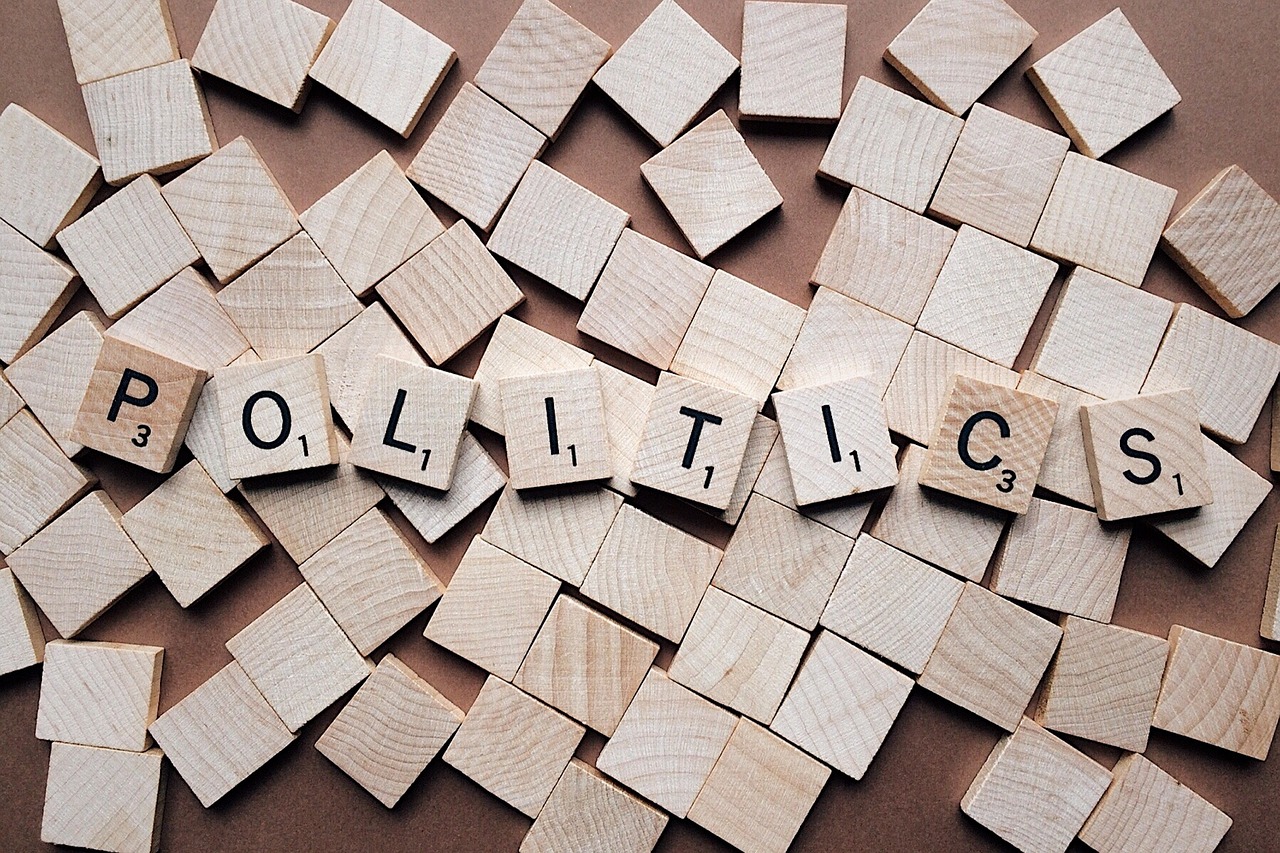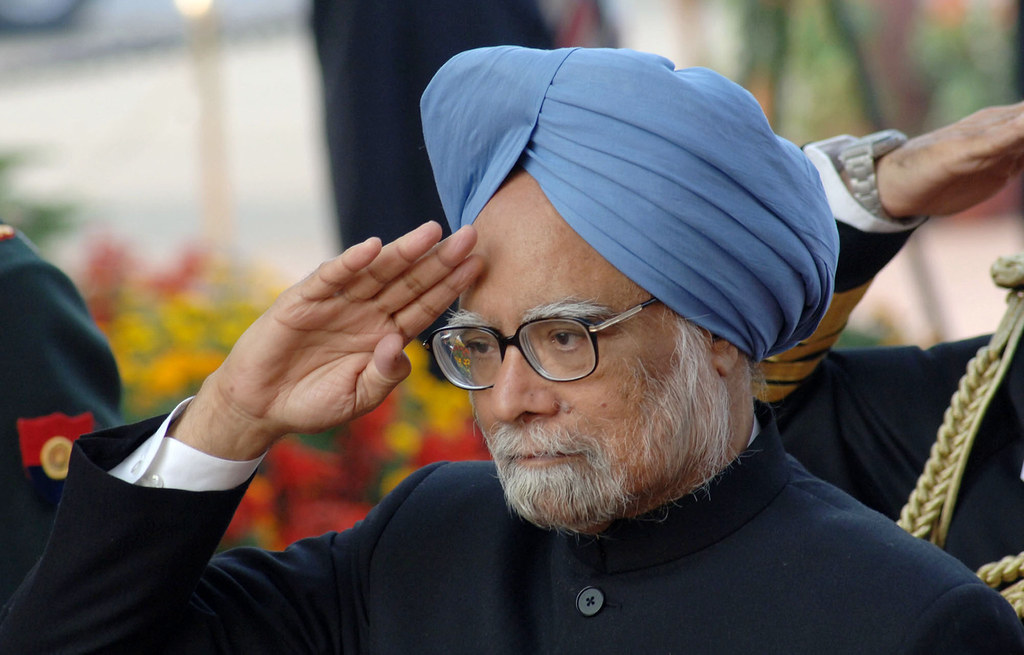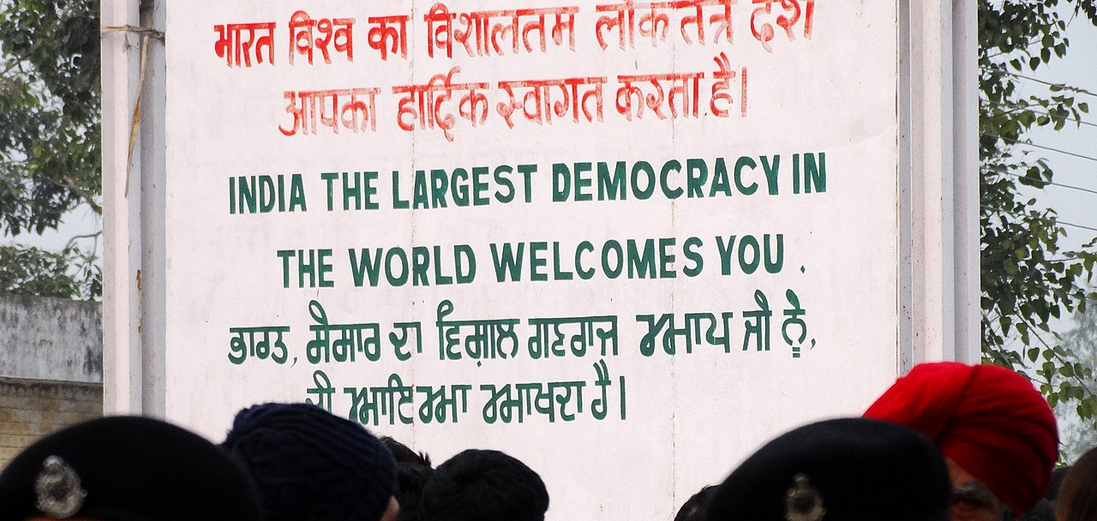
Confined to AC studios for months, tv anchors are let loose into the field at election time. Parachuted into hotspots in different parts of the country, we suddenly are expected to not just report but predict election outcomes. So, which way is the ‘Hawa’ (wind) blowing I am repeatedly asked. Now, there are two kinds of political ‘hawa’: one, where a wave builds up inexorably in favour of one party, the other is described more mysteriously as an ‘under-current’ where a silent voter is supposedly slowly but surely drawn to one side or the other.
In 2014, we had a lop-sided but stunning verdict. It was described as a ‘wave’ election even though the BJP won just 31 percent of the popular vote. It was the lowest percentage of votes won by a ruling majority party. Perhaps, because it was a numerical majority, we saw it as a ‘national’ wave. What it really was is a north-west India wave, one that stretched from the Arabian Sea to the Gangetic heartland and the Himalayas. In just 13 states in this geography (excluding Punjab and J and K), the BJP and its allies won an incredible 271 of the 298 seats on offer. In a majority of these states, the BJP vote percentage was well over 40 per cent, with Gujarat at 59.1 per cent topping the charts. In effect, the BJP-led alliance won just 65 seats of the remaining 245 seats in the country with a limited presence in the south and east of the country.
Such psephological ‘accidents’ happen very rarely: the Congress data team head Praveen Chakravarty rightly described the 2014 result as a ‘black swan’ moment, one that came as a huge surprise to many in hindsight. But what if there is a real possibility of lightning striking twice: in other words, what if Team Narendra Modi were to defy the odds and actually deliver another ‘tsunamo’ in a restricted but sufficiently influential geographical area? Could 2019 possibly mirror 2014 and give us another skewed but dramatic verdict?
On the face of it, this would seem highly unlikely. There are, after all, major differences between 2014 and 2019. Then, the BJP was the challenger and could astutely capitalize on the growing anti-incumbency against the Manmohan Singh government. Now, as the incumbent, the Modi government cannot tap as easily into a pre-2014 anti-Congress anger. Secondly, having swept several states of north and western india, even the loss of a single seat here would represent a decline. Thirdly, and crucially, the opposition has been a little bit more adept in striking alliances this time, with the Akhilesh-Mayawati gatbandhan in Uttar Pradesh providing the most striking example of a more unified opposition in India’s most populous state.
And yet, alliance arithmetic cannot be oblivious to electoral chemistry. And this perhaps is a key difference between 2014 and now. Then, the BJP would have probably formed a government even if Mr Modi was not its prime ministerial choice given the extent of public rage with the UPA 2 regime: the man from Gujarat perhaps gave the party a final push with his aggressive campaign. But in 2019, it is increasingly apparent that the BJP’s entire election prospects revolve around an individual to the exclusion of almost all else. It is this personality-centric campaign built around the larger than life image of Mr Modi which is the dominant theme, aided by a 24 x 7 ever-obliging media cacophony where it almost appears as if there is no other issue or candidate in this election. A presidential-style politics has been deliberately and artfully imposed on a 543 member Lok Sabha to the point where all other concerns and traditional caste-community alignments are sought to be subsumed under the constant refrain of ‘muscular nationalism’ or ‘rashtravaad’ and ‘mazboot neta’. This cult is in many ways the product of a media 360 universe, where social media, whatsapp messages and mainstream media are creating politics as a Reality TV spectacle with Mr Modi as the Big Boss.
To give an example. I am sitting at a chai stall in Phulpur in eastern UP with a young 22 year old Ajay Yadav. A commerce graduate, he has applied for a job unsuccessfully for almost a year now. He admits to feeling disillusioned with the Modi government’s promises on job creation. So who will you vote for, I ask him. “Kya option hai sir, Modi ji hi to hai,” he tells me. But why would you vote for Modiji, I ask. “Sir, unhone to Pakistan ko sabak sikhaya hai,” he says firmly. But how will ‘teaching Pakistan a lesson’ get him a job, I persist. “woh sab theek hai sir, par pehle desh ka sochna hai!” he responds. Ajay admits to being part of a whatsapp group called “Hum Desh-Bhakt” from where he claims to get all the ‘news’, including ‘reports’ of 500 terrorists killed in Balakote: scanning the messages on the group, the anti-Muslim prejudice is obvious.
Switch to Vinod Mandal, an auto driver living in Delhi’s sprawling Gita Colony jhuggi. He voted for AAP in the 2015 assembly elections and admits that his electricity bill has come down even as he complains about the lack of clean drinking water. So who will he vote for this time, I ask. Modi, he tells me. “Sir, bahut dum hai unme,” he says and then shows off a video on his mobile phone with Modi dressed up as an all-conquering Bahubali and a catchline: ‘Modi hai to mumkin hai’. I ask him about Rahul Gandhi, the Congress and the Nyay scheme. He stares at me blankly and then blurts out, “Congress ko 70 saal main bahut chance diya sir, Modi ji ko aur paanch saal try karte hai.”
In a humongous 90 crore-plus electorate, Ajay and Vinod are just two voices. The perils of making instant judgments based on small sample sizes in a country as vast and diverse as India cannot be exaggerated. But after having spent much of the last eight weeks travelling across the country they offer a glimpse of a country where minds are being shaped by a ‘One Nation, one leader’ narrative, where a crafty political machine has blurred distinctions between myth and reality, where incendiary communal rhetoric co-exists with welfare schemes like Ujwala and Ayushman Bharat, where the humdrum of daily existence is lifted by the well-spun dream of a ‘new’ India and a ‘strong’ leader.
Whether this is enough to win the BJP a simple majority in 2019 is uncertain: the party remains weak south of the Vindhyas (except Karnataka), the UP gatbandhan is still intact, sitting MPs are facing local antagonisms and for all the talk of a sharp swing in Bengal and Odisha, regional satraps like Mamata Banerjee and Naveen Patnaik remain formidable adversaries. But the drum-beat of the Modi juggernaut’s incessant propaganda has created a high-decibel echo chamber where the voter is being almost pushed into believing that ‘aayega toh Modi hi’: sometimes, the perception of invincibility leads to a seeming inevitability of the end result.
Post-script: Having travelled through almost a dozen states in over a month, the one state where I sensed the least enthusiastic ‘Modi, Modi’ chant was Punjab. That a border state should be less concerned about national security and Pakistan than the Hindi heartland is perhaps instructive: as a businessman in Amritsar’s famous Giani tea stall tells me, “We are the ones in the firing line, so we want peace and border trade, not war and bombs!”





































































































































































